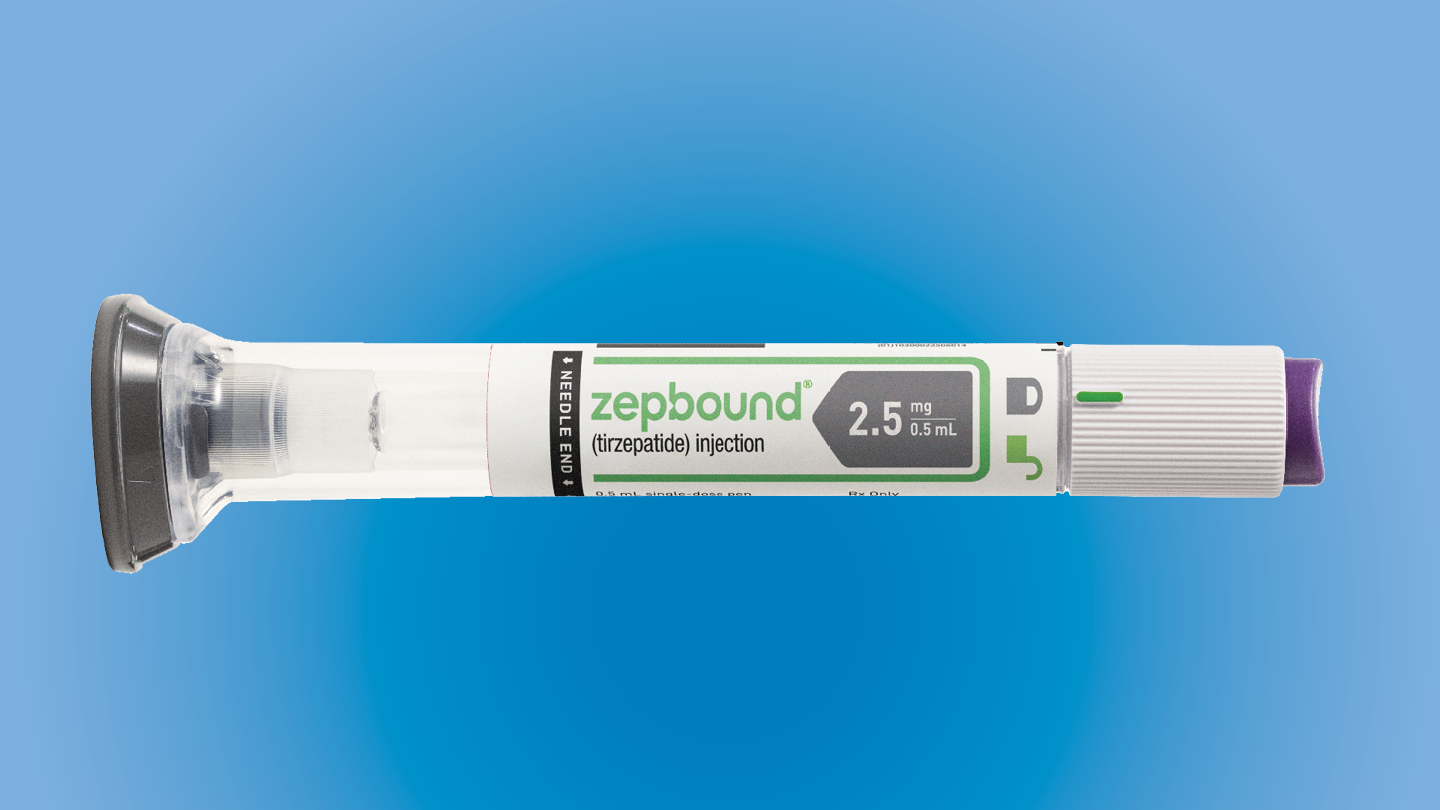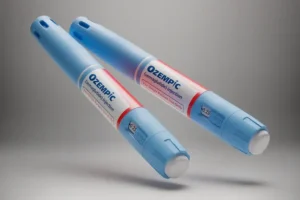Introduction: Tirzepatide versus Semaglutide for Weight Loss in Patients with Type 2 Diabetes Mellitus — A Value for Money Analysis
With the rising prevalence of type 2 diabetes and its strong correlation with obesity, pharmacological weight-loss strategies are becoming essential. Among the leading agents are tirzepatide and semaglutide, both GLP-1 receptor agonists with significant effects on body weight. But which drug offers the best value?
The study by Azuri et al., published in Diabetes, Obesity and Metabolism in 2023, sought to compare these two treatments not just in terms of effectiveness, but cost-efficiency — quantifying the dollar amount required per percentage of body weight lost.
Study Design and Economic Evaluation
This analysis incorporated weight-loss outcomes and drug pricing data from existing trials to calculate the cost per 1% body weight reduction over the treatment period. It included patients with type 2 diabetes mellitus and aimed to offer healthcare providers and policymakers a clearer economic comparison.
Key metrics:
- Weight loss in clinical trials
- Treatment durations (72 weeks for tirzepatide; 68 weeks for semaglutide)
- Medication cost over treatment period
Results: Superior Cost-Efficiency with Tirzepatide
 Tirzepatide outperformed semaglutide in both weight-loss results and value:
Tirzepatide outperformed semaglutide in both weight-loss results and value:
- Weight reduction:
- Tirzepatide: 17.8% (95% CI: 16.3%–19.3%)
- Semaglutide: 12.4% (95% CI: 11.5%–13.4%)
- Total cost of therapy:
- Tirzepatide (72 weeks): $17,527
- Semaglutide (68 weeks): $22,878
- Cost per 1% weight loss:
- Tirzepatide: $985 (95% CI: $908–$1,075)
- Semaglutide: $1,845 (95% CI: $1,707–$1,989)
This means tirzepatide costs nearly half as much as semaglutide to achieve the same percentage of weight reduction.
Scenario analyses confirmed the robustness of these findings under different economic conditions and assumptions.
Implications: Budget-Conscious Treatment Decisions
This comparative analysis offers key insights for:
- Health insurers and policy developers evaluating the cost-effectiveness of obesity-related diabetes therapies.
- Clinicians seeking affordable, effective interventions for weight loss in patients with type 2 diabetes.
- Patients paying out-of-pocket or through high-deductible plans.
Given the superior efficacy and lower cost per percentage of weight lost, tirzepatide emerges as the more cost-effective option in this context.
Caveats and Considerations
While the cost analysis is compelling, it does not account for:
- Long-term health outcomes and cardiovascular benefits
- Adherence differences due to side effects or patient preference
- Potential price changes or generic availability in the future
Moreover, real-world effectiveness may vary depending on population demographics and comorbidities.
Conclusion: Tirzepatide Leads in Economic Efficiency
According to Azuri et al., tirzepatide provides better value for money than semaglutide for weight loss among patients with type 2 diabetes. The study clearly demonstrates that tirzepatide not only leads to greater weight loss but also does so at a significantly lower cost per percentage lost, positioning it as the more economical choice in clinical and policy-driven settings.
Related Research: How Ketamine Supports Long-Term Depression Recovery
A related study published in Science (Moda-Sava et al., 2019) found that ketamine’s antidepressant effects are supported by new synaptic spine formation in the prefrontal cortex. The study showed that:
- Ketamine selectively restores lost dendritic spines in prefrontal circuits.
- Behavioral improvements from ketamine occur quickly, but spine regrowth is essential for long-term antidepressant effects.
- Eliminating these newly formed spines reverses ketamine’s positive behavioral effects, confirming their crucial role.
This reinforces the potential of ketamine in maintaining sustained remission of depression through neuroplasticity and highlights how certain treatments can offer both short-term relief and long-term recovery.
References
- Azuri J, Hammerman A, Aboalhasan E, Sluckis B, Arbel R. Tirzepatide versus semaglutide for weight loss in patients with type 2 diabetes mellitus: A value for money analysis. Diabetes Obes Metab. 2023 Apr;25(4):961-964.
- Jastreboff AM, Aronne LJ, Ahmad NN, et al. Tirzepatide Once Weekly for the Treatment of Obesity. N Engl J Med. 2022;387(3):205–216.
- Garvey WT, Batterham RL, Bhatta M, et al. Two-Year Effects of Semaglutide in Adults with Overweight or Obesity: The STEP 5 Trial. Nat Med. 2022;28(10):2083–2091.
- Lin F, Yu B, Ling B, et al. Weight loss efficiency and safety of tirzepatide: A Systematic review. PLoS One. 2023;18(5):e0285197.
- Tan HC, Dampil OA, Marquez MM. Efficacy and Safety of Semaglutide for Weight Loss in Obesity Without Diabetes: A Systematic Review and Meta-Analysis. J ASEAN Fed Endocr Soc. 2022;37(2):65–72.
- Moda-Sava RN, Murdock MH, Parekh PK, et al. Sustained rescue of prefrontal circuit dysfunction by antidepressant-induced spine formation. Science. 2019 Apr 12;364(6436). DOI: 10.1126/science.aat8078.




